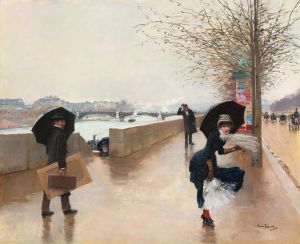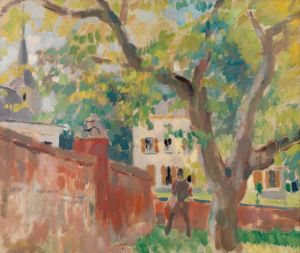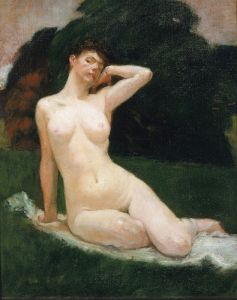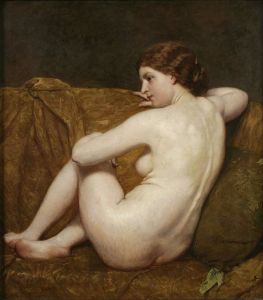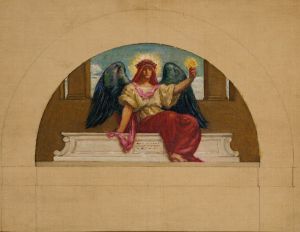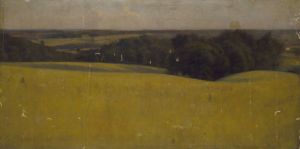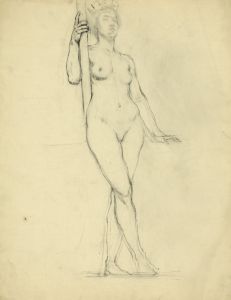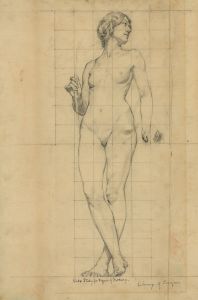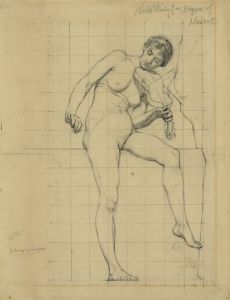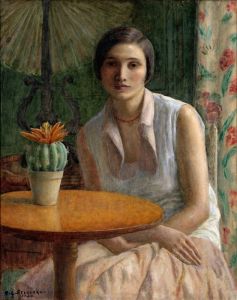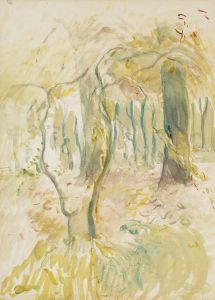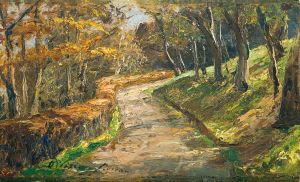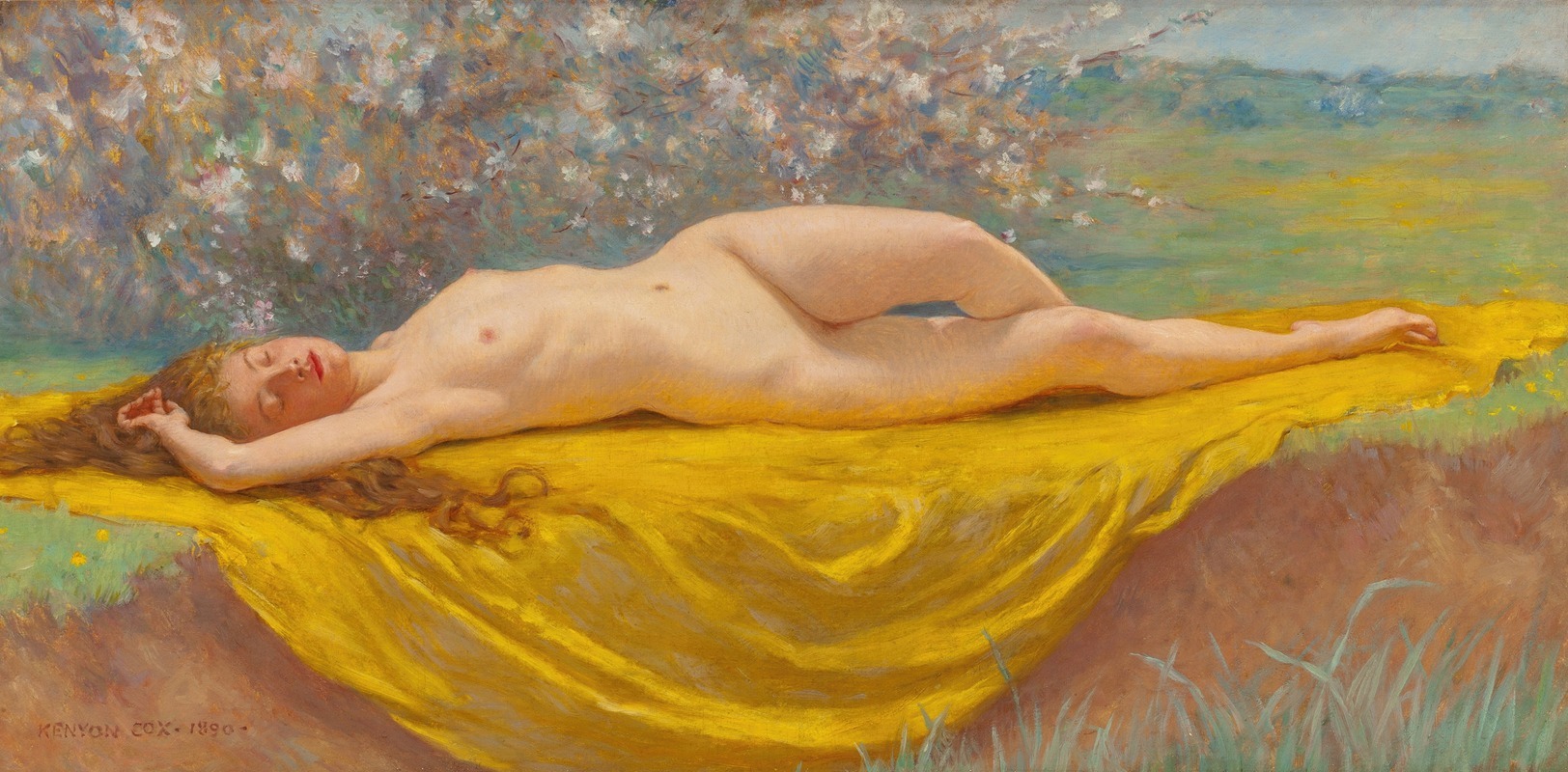
May
A hand-painted replica of Kenyon Cox’s masterpiece May, meticulously crafted by professional artists to capture the true essence of the original. Each piece is created with museum-quality canvas and rare mineral pigments, carefully painted by experienced artists with delicate brushstrokes and rich, layered colors to perfectly recreate the texture of the original artwork. Unlike machine-printed reproductions, this hand-painted version brings the painting to life, infused with the artist’s emotions and skill in every stroke. Whether for personal collection or home decoration, it instantly elevates the artistic atmosphere of any space.
Kenyon Cox (1856–1919) was an American painter, illustrator, muralist, and writer, known for his academic style and contributions to the American art scene during the late 19th and early 20th centuries. One of his works, "May," exemplifies his dedication to classical themes and techniques. However, specific details about the painting "May" by Kenyon Cox are not widely documented in public art historical records or major art collections, making it challenging to provide an extensive introduction based solely on verified historical facts.
Kenyon Cox was born in Warren, Ohio, and studied art at the Pennsylvania Academy of the Fine Arts and later at the École des Beaux-Arts in Paris. His education in Paris exposed him to the European academic tradition, which greatly influenced his artistic style. Cox became known for his murals and allegorical paintings, often depicting idealized figures and classical themes. His work was characterized by a strong emphasis on drawing, composition, and the use of light and shadow to create depth and form.
Throughout his career, Cox was a prominent figure in the American art community, contributing not only as an artist but also as a critic and writer. He was a member of the National Academy of Design and the Society of American Artists. His writings on art theory and criticism were influential in shaping the discourse around art in his time.
Cox's paintings often reflect his interest in allegory and the human figure, drawing inspiration from classical mythology and literature. His works are noted for their clarity of form, harmonious composition, and the idealized beauty of their subjects. While specific information about the painting "May" is limited, it can be inferred that it likely aligns with these characteristics, given Cox's consistent style and thematic interests.
In addition to his paintings, Cox was renowned for his murals, which adorn several public buildings and institutions. His murals can be found in places such as the Library of Congress in Washington, D.C., and the Wisconsin State Capitol. These works further demonstrate his skill in large-scale compositions and his ability to convey narrative through art.
Kenyon Cox's legacy is preserved through his contributions to American art and his influence on subsequent generations of artists. His commitment to the academic tradition and his role as an educator and critic helped shape the direction of American art during a period of significant change and development.
While detailed information about the painting "May" is scarce, Kenyon Cox's overall body of work remains a testament to his skill and dedication to the ideals of beauty and classical art. His influence continues to be recognized in the study of American art history.





